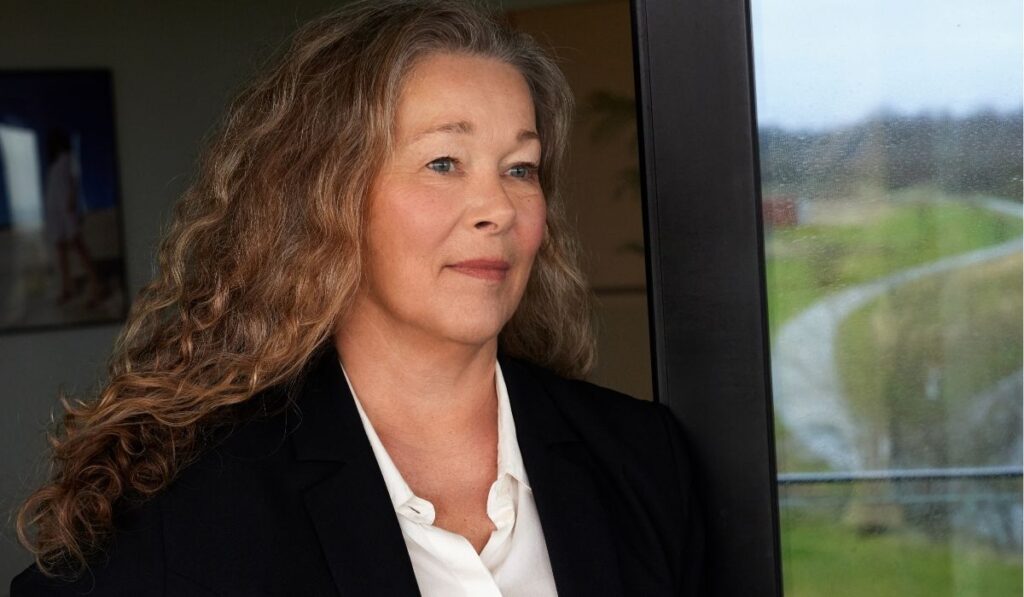
The perfect storm
The fiscal year from July 2022 – June 2023 proved to be a memorable one, resembling the perfect storm for our small company. General costs went up, and labour costs in our productions did the same. Buying prices outpaced selling prices, due to a market focused on pricing, electricity costs increased for everyone, and as result, consumption recede, and the market was overloaded with unsold garments.
Currencies in major export markets (Sweden & Norway) resulted in losses.
Last but not least, the year ended with the discovery of a comprehensive, internal financial crime committed by a trusted, high-ranking employee (CFO).
And yet, we are still standing.
New ESG strategy
At the beginning of the fiscal year, we made a new 3-year, more holistic ESG strategy, including Governance in various areas. This strategy was informed by insights from an OECD Guidelines full risk assessment conducted in Autumn 2022 and, for the first time, included measuring CO2 emissions. We included more employees to do the findings, to ensure that we are all on the same pace.
In other words, we established our new foundation, we set our targets, and we measured our first-year progress in the new strategy. It has been
a steep learning curve with much enlightenment, especially in areas outside the product and production side, which we have worked with for many years. We look forward to continuing the work ahead.
